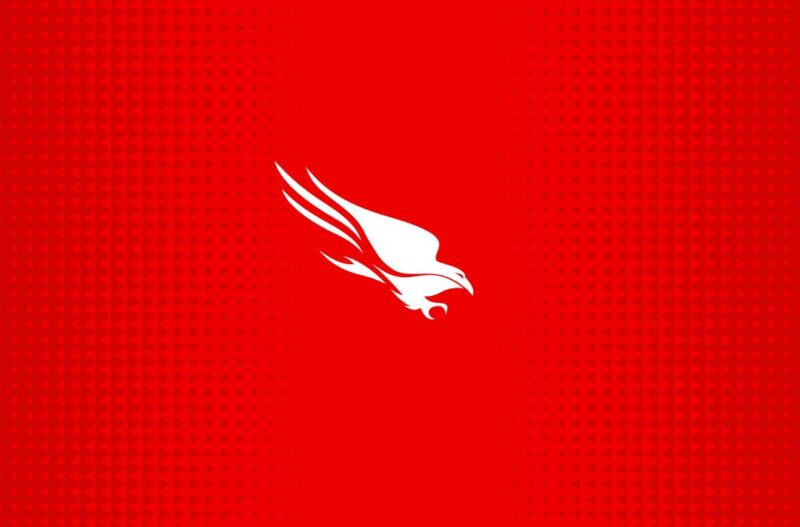
CrowdStrike
CrowdStrike CEO George Kurtz stated Thursday that 97 p.c of all Home windows techniques working its Falcon sensor software program had been again on-line, per week after an update-related outage to the company safety software program delayed flights and took down emergency response techniques, amongst many different disruptions. The replace, which induced Home windows PCs to throw the dreaded Blue Display of Dying and reboot, affected about 8.5 million techniques by Microsoft’s depend, leaving roughly 250,000 that also should be introduced again on-line.
Microsoft VP John Cable stated in a weblog put up that the corporate has “engaged over 5,000 help engineers working 24×7” to assist clear up the mess created by CrowdStrike’s replace and hinted at Home windows adjustments that would assist—if they do not run afoul of regulators, anyway.
“This incident reveals clearly that Home windows should prioritize change and innovation within the space of end-to-end resilience,” wrote Cable. “These enhancements should go hand in hand with ongoing enhancements in safety and be in shut cooperation with our many companions, who additionally care deeply concerning the safety of the Home windows ecosystem.”
Cable pointed to VBS enclaves and Azure Attestation as examples of merchandise that would hold Home windows safe with out requiring kernel-level entry, as most Home windows-based safety merchandise (together with CrowdStrike’s Falcon sensor) do now. However he stopped in need of outlining what particular adjustments may be made to Home windows, saying solely that Microsoft would proceed to “harden our platform, and do much more to enhance the resiliency of the Home windows ecosystem, working overtly and collaboratively with the broad safety neighborhood.”
When working in kernel mode slightly than consumer mode, safety software program has full entry to a system’s {hardware} and software program, which makes it extra highly effective and versatile; this additionally signifies that a foul replace like CrowdStrike’s may cause much more issues.
Current variations of macOS have deprecated third-party kernel extensions for precisely this purpose, one rationalization for why Macs weren’t taken down by the CrowdStrike replace. However previous efforts by Microsoft to lock third-party safety firms out of the Home windows kernel—most just lately within the Home windows Vista period—have been met with pushback from European Fee regulators. That stage of skepticism is warranted, given Microsoft’s previous (and persevering with) file of utilizing Home windows’ market place to push its personal services. Any present-day try to limit third-party distributors’ entry to the Home windows kernel could be seemingly to attract related scrutiny.
Microsoft has additionally had loads of its personal safety issues to take care of just lately, to the purpose that it has promised to restructure the corporate to make safety extra of a spotlight.
CrowdStrike’s aftermath
CrowdStrike has made its personal guarantees within the wake of the outage, together with extra thorough testing of updates and a phased-rollout system that would stop a foul replace file from inflicting fairly as a lot bother because the one final week did. The corporate’s preliminary incident report pointed to a lapse in its testing procedures as the reason for the issue.
In the meantime, restoration continues. Some techniques could possibly be fastened just by rebooting, although they needed to do it as many as 15 occasions—this might give techniques an opportunity to seize a brand new replace file earlier than they may crash. For the remaining, IT admins had been left to both restore them from backups or delete the dangerous replace file manually. Microsoft revealed a bootable software that would assist automate the method of deleting that file, but it surely nonetheless required laying arms on each single affected Home windows set up, whether or not on a digital machine or a bodily system.
And never all of CrowdStrike’s remediation options have been well-received. The corporate despatched out $10 UberEats promo codes to cowl a few of its companions’ “subsequent cup of espresso or late evening snack,” which occasioned some eye-rolling on social media websites (the code was additionally briefly unusable as a result of Uber flagged it as fraudulent, in accordance with a CrowdStrike consultant). For context, analytics firm Parametrix Insurance coverage estimated the price of the outage to Fortune 500 firms someplace within the realm of $5.4 billion.



